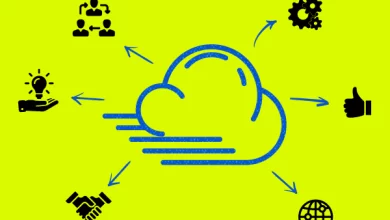The Matter of why Customer Experience Matters
 These are the days when disruptive technologies, social networking and 24/7 media are shaping behaviours and expectations. It is also an age of ever-increasing business competition where mass consumerization can cause a brand to become irrelevant in an already crowded marketplace. The key source of competitive advantage has become a strong focus on delivering distinctive customer experiences.
These are the days when disruptive technologies, social networking and 24/7 media are shaping behaviours and expectations. It is also an age of ever-increasing business competition where mass consumerization can cause a brand to become irrelevant in an already crowded marketplace. The key source of competitive advantage has become a strong focus on delivering distinctive customer experiences.
Customer experience, however, is an indefinite term. It holds different levels and strategies to various sectors. A simple summary is that customer experience is a combination of customer service, customer relationship management and customer satisfaction. It is all about understanding what the customer needs and building the business around it. It is about putting the customer preferences on priority and ensuring that they are met flawlessly across touch-points. Even more so, along the entire customer journey.
The question arises – if the product or service is of high quality and the price is right, then why is customer experience a must? The fact is ‘experience’ is what makes a customer choose one business over the other. And their choice creates a chain reaction – A positive and personalized customer experience is critical to success as it helps cultivate loyalty. When a company consistently delivers on expectations, customers not only repeatedly return to a brand but they also recommend it to others. This good-word grapevine helps retain and attract customers which improves business margins and budgets. It also helps employees stay motivated in having done a good job in making customers feel good. This in turn improves retention which further strengthens the company. However, while it is easy to say we value great customer experience, it is a message that should flow through the organization across departments and employees. Ideally, it should be established in the core values and committed to as a culture. It rests on the leadership to reinforce it by example while also empowering all employees to engage in it in creative ways.
There is a growing recognition of the importance of delivering superior customer experiences because every interaction is an opportunity to delight or disappoint the customer. Since we live in a digitally driven era, being a customer-centric company is about using the right technologies at the right time and in the right manner for one end result – make every customer happy every time.


